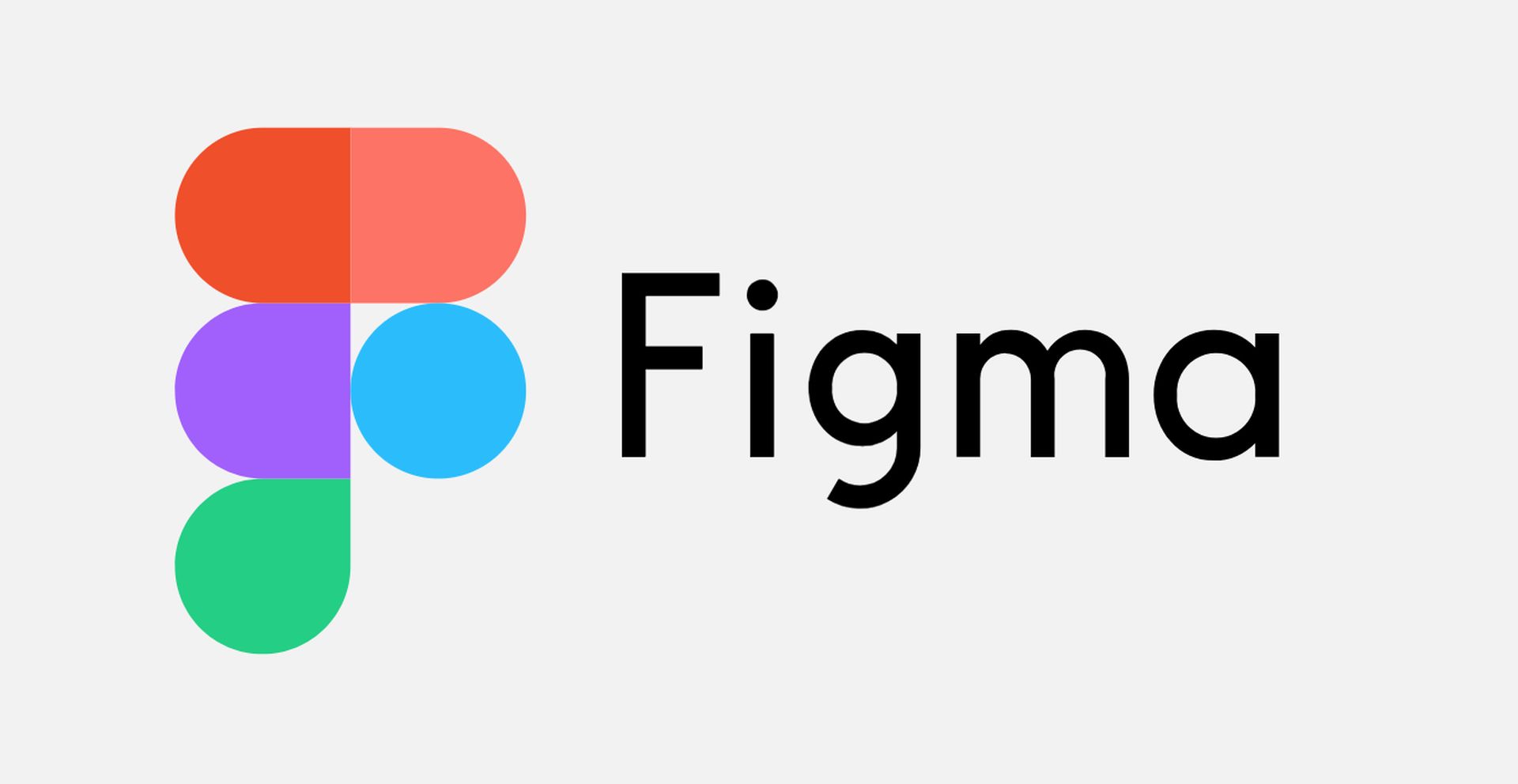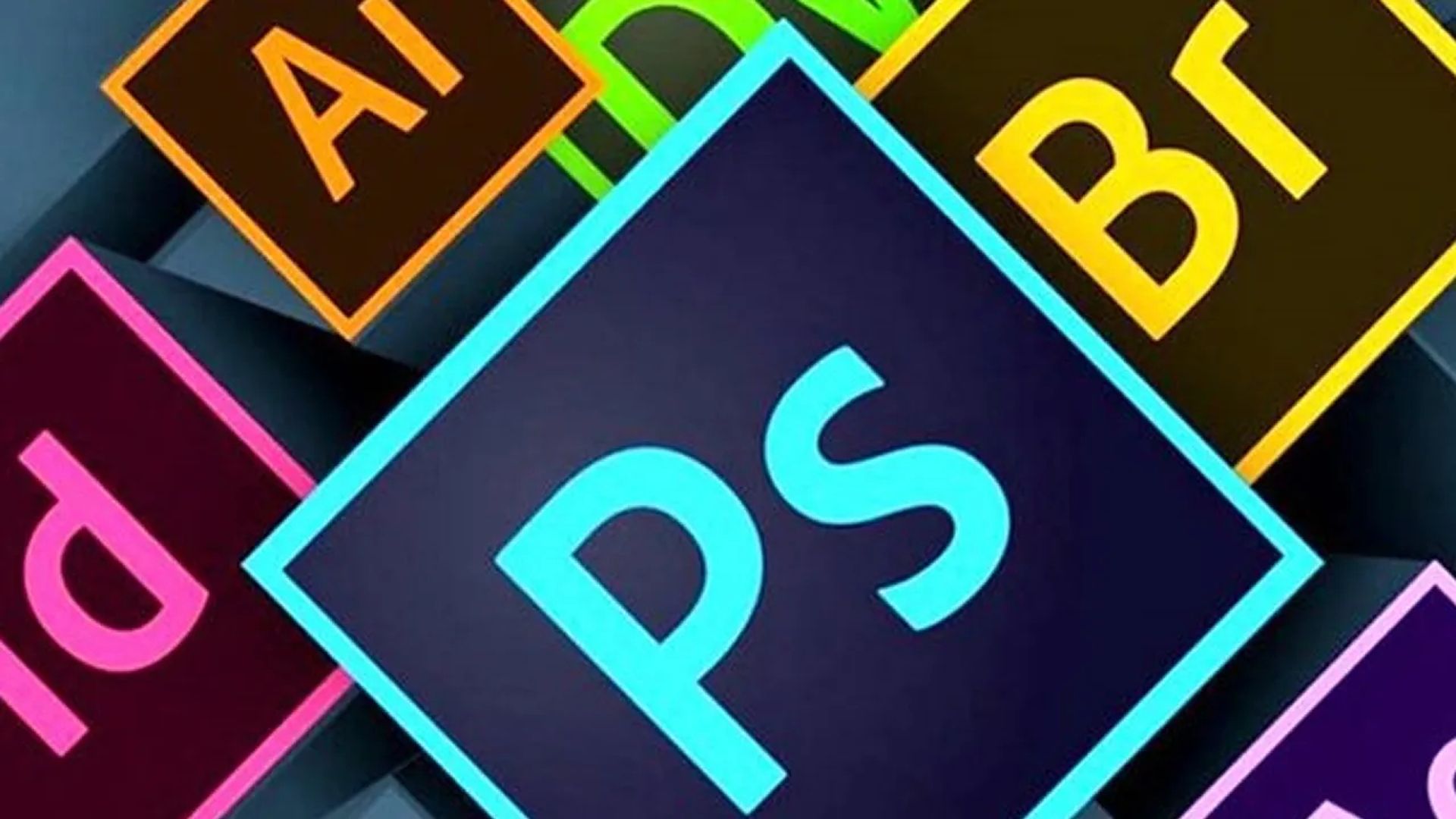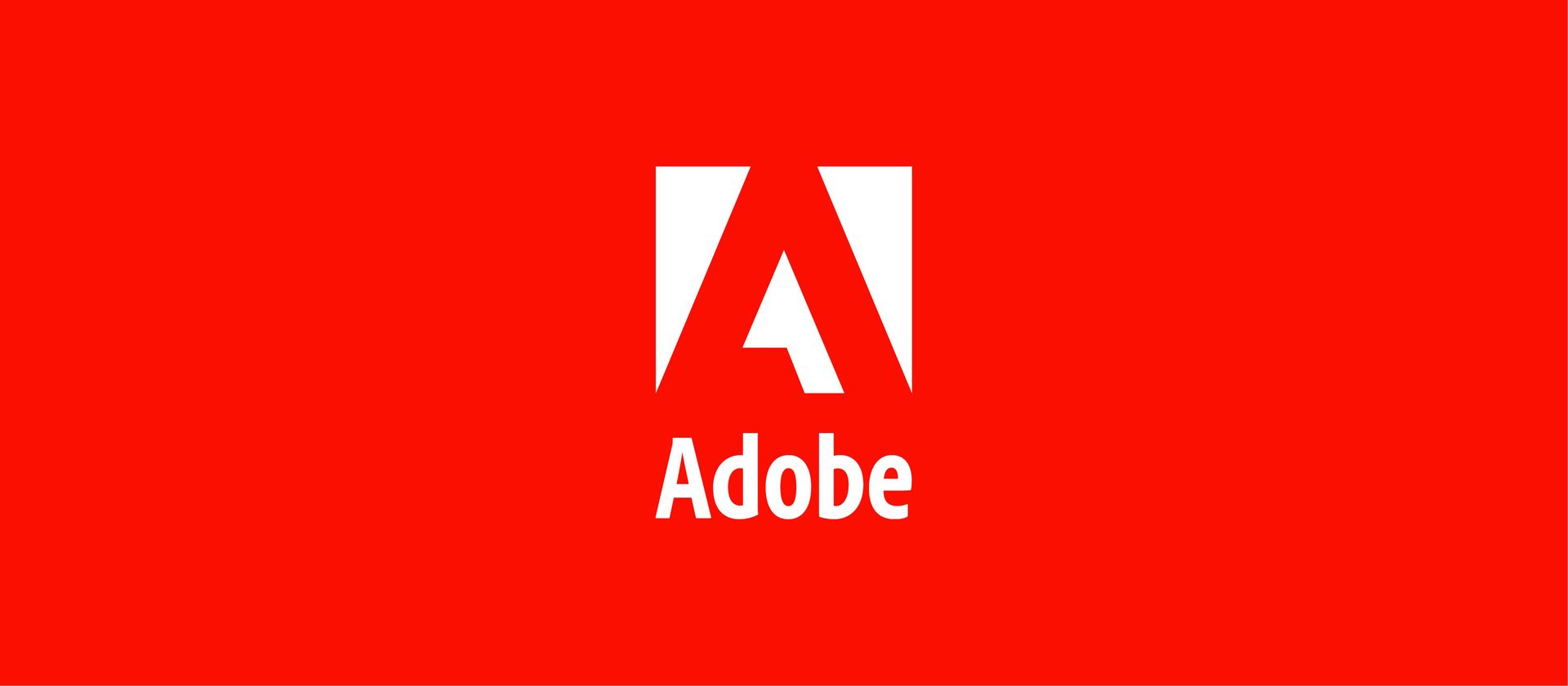In this article, we are going to be covering shares of Adobe dropping by 17% after Adobe buys Figma, a design software firm that is a competitor.
Adobe announced on Thursday that it will purchase design software company Figma for around $20 billion in cash and equity. Adobe’s stock dropped 17%, the most since 2010. Figma, created in 2012, develops cloud-based design software that enables real-time collaboration among teams. It competes directly with Adobe’s XD software. In its most recent investment round in 2021, the firm was valued at $10 billion.

Adobe buys Figma
Tools like Figma’s interactive virtual whiteboards and design and prototyping services are especially important in fields like software development, which rely on highly collaborative procedures. The pandemic has hastened the adoption of such collaboration and productivity software, and the ubiquitous hybrid work environment among businesses is driving the development of a new generation of these tools and software.
The growing popularity of social networks fueled interest in an earlier generation of collaboration technology startups, such as Jive Software and office chat company Yammer, which were ultimately bought by Microsoft Corp. for $1.2 billion in 2012. Workplace, Facebook’s business social-networking product, will subsequently steal from its own model.

Slack Technologies and its chat solutions shaped workplace communication in the years preceding up to the pandemic, fueling Microsoft’s decision to build a competitor, Teams, in 2016. Salesforce.com Inc. paid roughly $28 billion for Slack last year. Large technology businesses such as Alphabet Inc.’s Google, Cisco Systems Inc., and Microsoft each have their own suite of products that focus on collaboration and productivity.

Startups that use collaborative principles, such as digital work-space firm Notion, document company Coda, and app platform Airtable, have taken off among software, design, and product teams. When enterprises shifted to remote work during the pandemic shutdown, their use grew. “There were great examples of new forms of collaboration 10 years ago, such as Google Docs…It has taken a while for that to become more broadly applicative,” remarked Adobe’s president of digital media, David Wadhwani. He will be in charge of the 10-year-old Figma and its 30-year-old CEO and co-founder, Dylan Field.

Corporate leaders predict that collaborative software will continue to expand in breadth and capability, become more visual, and aim to match the degree of cooperation seen in actual office locations. “Demand is very high across the board for helping on this problem,” said Jim Szafranski, CEO of presentation software vendor Prezi, as organizations battle with return to office or hybrid policies. In some respects, he added, the emphasis has moved from getting real work done early in the epidemic to developing culture and collaborative connections in distant and hybrid workplaces.

According to Mr. Szafranski, collaboration tools are becoming more visual, rather than merely text-based, and are increasingly focused on guaranteeing group involvement so employees do not fall behind in distant situations. While tools like videoconferencing and chat apps aid in team communication, what is currently available does not provide the same level of collaboration as a physical workplace, according to Paul von Autenried, former chief information officer of Bristol-Myers Squibb Co. and now a technology adviser to executives and boards.

Mr. von Autenried believes that the requests for people to return to work indicate that collaboration tools have the potential to improve, particularly in the areas of less organized, more spontaneous interactions.
Mr. Field explained that Figma was inspired by Google Docs and was built in the cloud so that individuals could collaborate in one digital environment rather than making many versions of the same project. Figma was distinct from previous tools in that it enabled people in a variety of technical and nontechnical professions to work on a single platform during the design process.

Mr. Wadhwani stated that Figma’s next generation of collaboration and productivity tools are also inspired by the world of gaming, in which many individuals participate in a task remotely in real-time. “It is a multiplayer-game-like capability,” he explained. According to Jake Saper, a general partner at Emergence Capital, Adobe’s acquisition of Figma marks a watershed moment. The venture capital company, which has previously invested in Salesforce.com Inc. and Zoom Video Communications Inc., turned on an opportunity to participate in Figma during its B round.

Shares of Adobe drop 17%
This year, Figma, backed by Index Ventures, Greylock Partners, and Kleiner Perkins, is anticipated to produce more than $400 million in annual recurring revenue. Adobe announced that Figma’s ARR will exceed $400 million by the end of 2022.
That means Adobe is paying around 50 times revenue at a time when cloud software sales multiples are falling sharply from record highs attained last year. Forward multiples for the top cloud businesses in the BVP Nasdaq Emerging Cloud Index have declined to just over 9 times sales from about 25 in February 2021.

Adobe has stated that it would include aspects from its other products, such as drawing, photography, and video technologies, into the Figma platform. Adobe provides a variety of software services for photographers and videographers, including Photoshop, Illustrator, Premiere Pro, and others. “Adobe’s greatness has been rooted in our ability to create new categories and deliver cutting-edge technologies through organic innovation and inorganic acquisitions,” stated Adobe CEO Shantanu Narayen. “The combination of Adobe and Figma is transformational and will accelerate our vision for collaborative creativity.”

Dylan Field, co-founder, and CEO of Figma, will continue to lead the firm when the transaction is completed. He will report to Adobe’s digital media business president, David Wadhwani. Adobe also released its fiscal third-quarter results. It announced adjusted earnings of $3.40 per share, exceeding Refinitiv projections of $3.33 per share. Its sales were $4.43 billion, which was in line with analyst estimates.

For the fiscal fourth quarter, the corporation provided mixed guidance. According to StreetAccount, Adobe’s sales for the quarter would be $4.52 billion, compared to consensus projections of $4.6 billion. It forecasts adjusted profits of $3.50 per share, up from $3.47 per share predicted by StreetAccount.
We hope that you enjoyed this article on Adobe buys Figma: Shares of Adobe plunge 17%. If you did, we are sure that you will also enjoy reading some of our other articles, such as Adobe Photoshop is going to be free, or Adobe Creative Cloud is on sale for 20% off.





